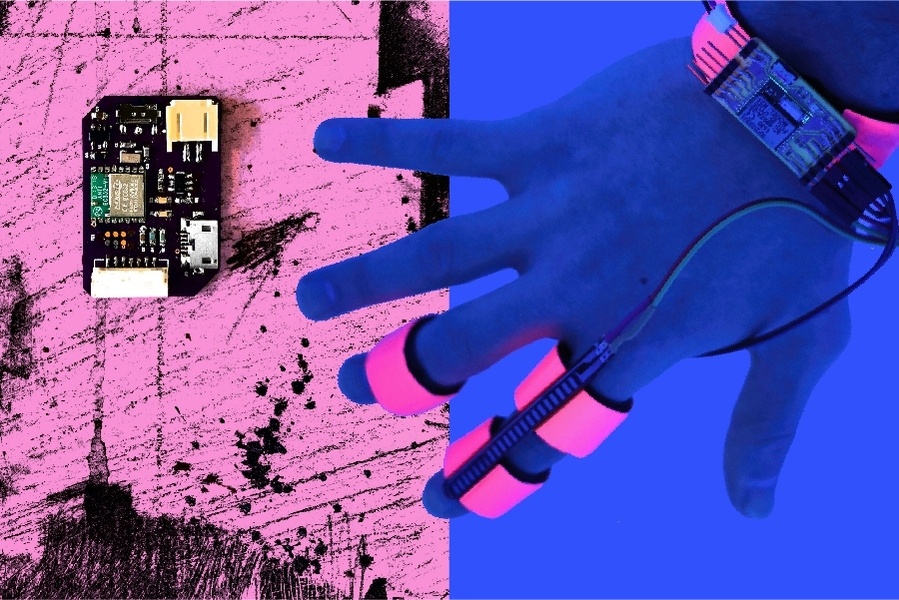It is not a secret that many lucid dream practitioners know how to control the content of their dreams. This phenomenon has also aroused great interest among developers and engineers. Thus, in August 2020, scientists at the Massachusetts Institute of Technology, led by Adam Haar Horowitz, looked to lucid dreams as a basis for developing a dream control device.
The device, called Dormio, consists of a finger-sensor bracelet that tracks sleep patterns and an app that uses recorded messages to suggest dream themes. When the sleeper enters a state of hypnagogia – the early stage of semi-conscious sleep that occurs when falling asleep – the device emits targeted information allowing it to be directly incorporated within the dream’s content.
According to a study published in the scientific journal Consciousness and Cognition, the authors conducted an experiment on 50 participants. Subjects first recorded sound prompts about what they would like to see in the dream via the application. A special device – a sleep tracker – then monitored the subject’s heart rate and other characteristics to determine when they entered the hypnagogia state.
At that moment, Dormio’s sleep tracker interacted with the app, which sent audio prompts at specific time intervals. Scientists noticed that often the prompts were transformed in the course of the dream, becoming more and more bizarre. However, in 67% of dreams, the subjects still saw the desired object.
Although the development of such devices has not yet been perfected, scientists are confident that it can already be used to develop creativity, learn a foreign language or deal with sources of stress. And in case the user wants to dive into an alternate reality, this knowledge can also be useful for practitioners of lucid dreaming.




